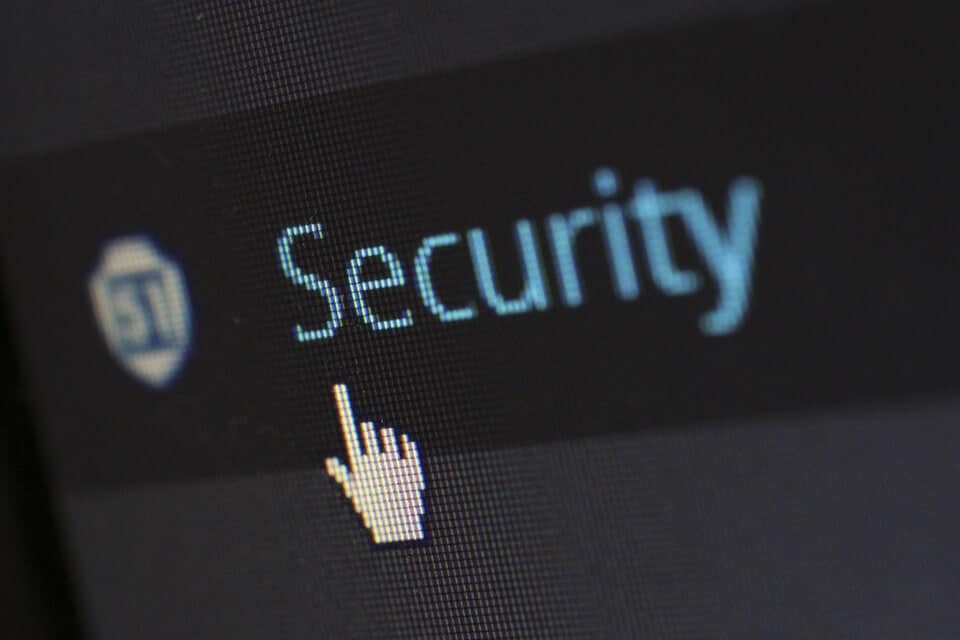Securing your website access and credentials
January 17, 2024
Keeping your website’s access secured is becoming every more important, and there are a few great ways for you to ensure it’s protection.
Password Managers
You want to ensure you’re storing your website passwords in a secure and efficient way. Whether you are managing business credentials, personal passwords, or both, it can be overwhelming and onerous. The advent of password managers has come to the rescue, improving the security and efficiency of storing your credentials.
Using tools such as 1Password or Dashlane to store all your passwords removes the burden of needing to remember your credentials. Now you can store extremely complicated passwords, increasing you and your company’s security. Instead of having to recall them each time you log into a site, you can easily access your password manager and access your data, knowing it is secured.
Password managers not only store your credentials so that they can quickly be accessed and input across multiple devices, many of them (including the two listed above) come with the added guidance of creating a unique and strong password for each new account you create.
Multi Factor Authentication
Despite recommendations to create a unique and strong password for all websites and accounts, this isn’t always the case. It’s very common for users to set a password that they can easily remember and commonly use across multiple accounts, especially when you force strong passwords that require a character minimum, special characters, capitals, and numbers. If you’re not using a password manager, this is an even more common practice. Although suggested against, this is not entirely unexpected.
As a way to add additional levels of security to your website you can introduce Multi-Factor Authentication (MFA). Multi-Factor Authentication is the process of requiring two (or more) forms of verification to confirm you are the person trying to log in. Similar to having different forms of ID in person, MFA verifies your identity through factors other than credentials. Once you’ve confirmed your credentials, you then must pass a second check to access your website or application. That means, if someone gets your password they still can’t immediately access your information.
MFA can take the form of an application on your phone or computer, such as Google Authenticator or Microsoft Authenticator. In addition to password management, 1Password also offers MFA making them a great holistic solution. These applications generate a one time verification code every few seconds that is then entered alongside your existing credentials while logging in. An alternate method is having a code sent to you through SMS, but this may not be as secure and reliable as the aforementioned applications.
Conclusion
There are many other solutions to manage your credentials and website access in a secure way, but if you’re looking to take the first steps in ensuring your information is safe then password managers and MFA are a great and quick way to start. Using these tools in unison enables you to generate complicated passwords, store them in a secure vault, and protect them further through Multi-Factor Authentication.
These practices are great to consider when working on a new website design, but can be put in place at any time to improve your security. It’s never too late or too soon to protect your data.
